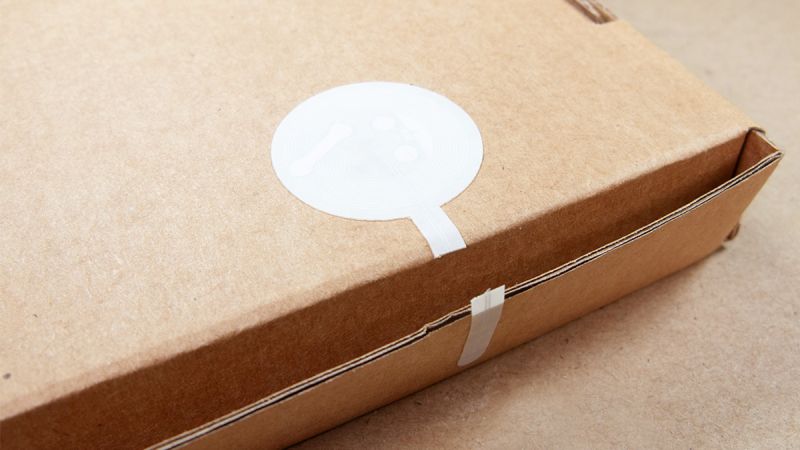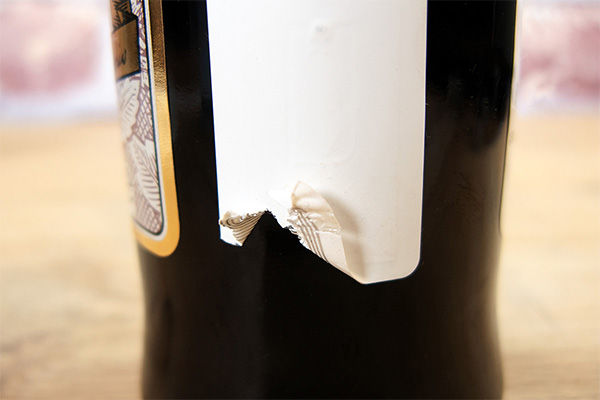
We’ve noticed a growing demand for integrating NFC Tamper Tags into products for authenticity purposes. It provides customers peace of mind, knowing the products that they have purchased are genuine and not counterfeit.
There are two types of NFC tamper tags. The first is one that completely destroys and the other is one that can detect when it has been tampered with. The destruct type is a lot simpler. There is a scratch tamper tag that will disintegrate along with the antenna and will no longer scan when tampered with. There is also a peel tamper tag that is made with two layers. These layers will separate when there has been an attempt to remove the tag, breaking the antenna resulting in the tag no longer working.


The tamper detect tags are a little more complicated. They are made with an additional loop of wire attached to the tags antenna. If the loop has been broken, the antenna can detect this, which will result in a different URL when scanned. These tamper detect tags can be made with the standard NTAG213 chip or with an authentication NTAG424 chip.
Using an authentication NFC tag as well as tamper detection creates increased protection for products. The tags cannot be copied and the physical products cannot be physically moved – linking the physical to the digital.
These tamper tags can be placed under wine or spirit bottle labels to avoid the swapping of labels onto counterfeit products. They can also prevent the tampering of packaging, assuring the customer that their products have not been swapped inside the protective packaging. Another way tamper tags can be used is on jewellery. The additional loop can be wrapped around the jewellery and if the loop breaks, the URL will change. This is to prevent counterfeit products being sold with a genuine authentication NFC tag attached as any attempt to remove them from the real object will be notified.
A new range of NFC tamper tags created by NXP have be designed to detect tampering using capacitance change rather than a physical break. These are the NXP NTAG223 and NTAG224 chips. They measure any changes to the material behind the tag, for example moisture. The problem with using this tag is that the surface they've been attached to might not be consistent. It's possible that all tags must be scanned at the point you attached them to first measure the capacitance. We are likely to see more development of this in the future where tags use environmental variables changes to detect tampering.
Watch our 90 second NFC Tamper Tag YouTube video on how each of these tamper tags work.